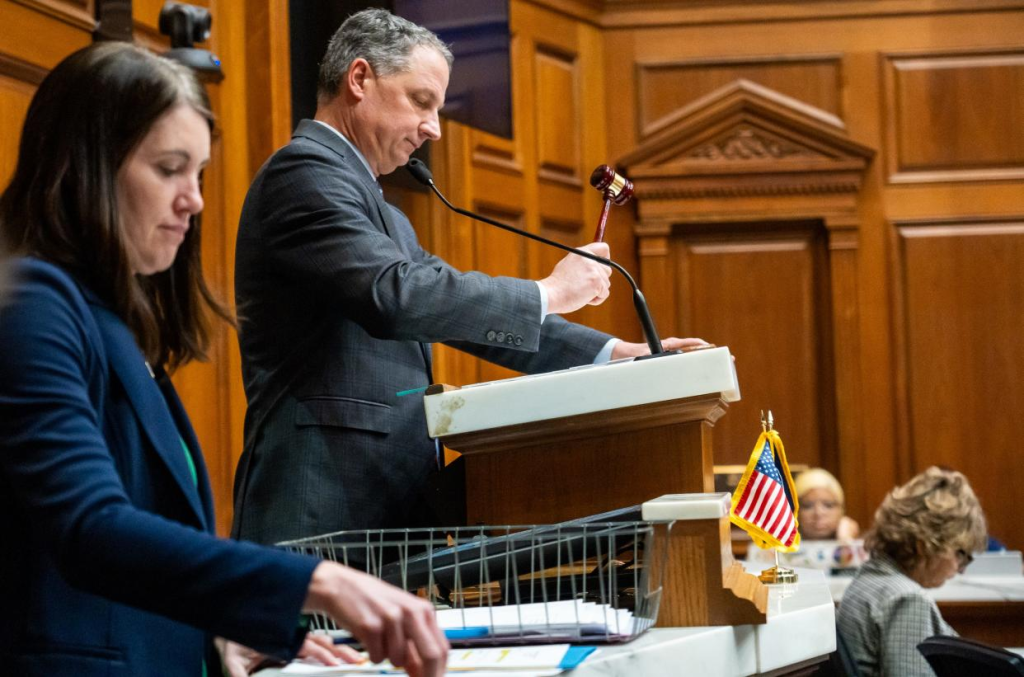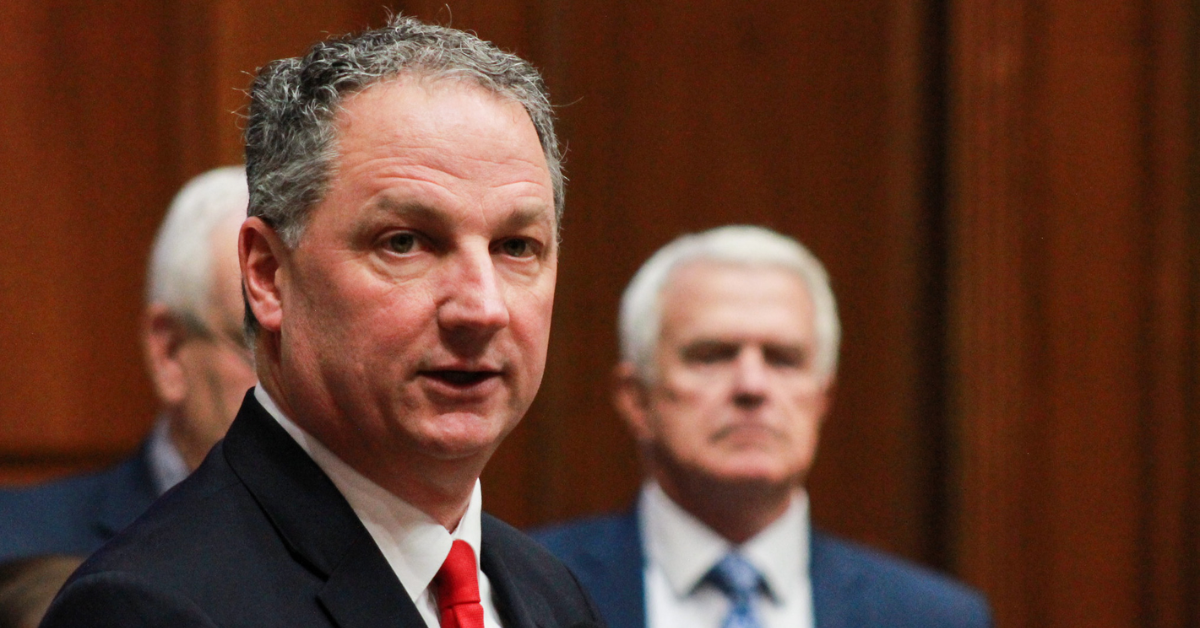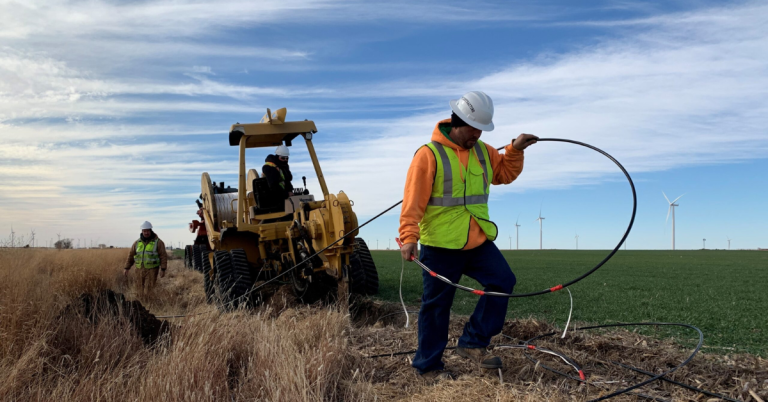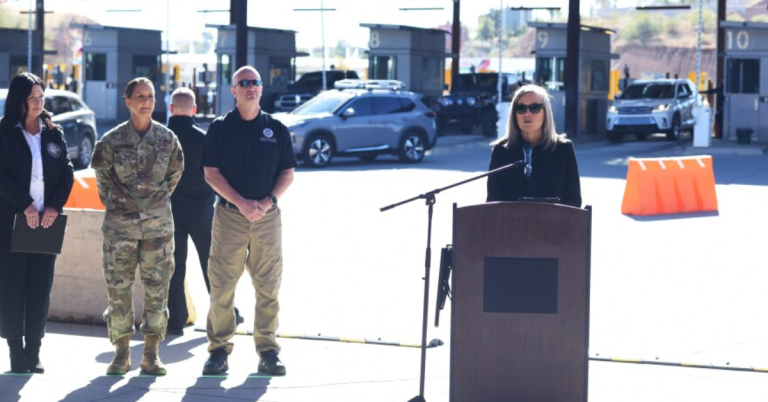The idea of Illinois counties seceding to join neighboring Indiana has been gaining momentum, especially in rural areas of Illinois. Many of these areas feel increasingly disconnected from the state’s political and economic policies.
The movement, which has been growing for several years, has now caught the attention of lawmakers in Indiana, where some are looking into the possibility of redrawing state boundaries.
Growing Frustrations in Rural Illinois
In Illinois, dissatisfaction with state policies has been particularly high in rural counties. Many residents feel that the state’s policies are largely shaped by Chicago and Cook County, leaving rural areas underrepresented.
This divide between urban and rural areas has led to the idea of secession, where these counties could potentially join Indiana, which they believe aligns better with their interests.

In November, seven Illinois counties — Iroquois, Calhoun, Clinton, Green, Jersey, Madison, and Perry — voted to explore the possibility of secession. These counties join at least two dozen others that have previously voted on similar measures since 2020. These referendums are non-binding, but they show a clear trend of dissatisfaction in rural Illinois.
Supporters of the secession movement argue that the policies enacted by the Illinois General Assembly are heavily influenced by Chicago, making it harder for rural counties to have their needs and concerns addressed. Many of these rural communities feel that they would be better off in a state with lower taxes and fewer regulations, such as Indiana.
Indiana’s Response: A Potential New Home
In response to this growing movement, Indiana’s Republican-majority General Assembly introduced a bill aimed at establishing a commission to explore the possibility of adjusting state borders between Illinois and Indiana. House Republicans have even made this proposal a priority for the 2025 legislative session.
Indiana House Speaker Todd Huston expressed support for the idea, saying, “To all of our neighbors in the West, we hear your frustrations and invite you to join us in low-cost, low-tax Indiana.”
The proposal has gained attention because it reflects the concerns of rural communities in Illinois who believe that joining Indiana could provide them with more favorable economic policies. For many, this move would mean lower taxes, better job opportunities, and less governmental interference in their daily lives.
However, not everyone is in favor of this idea.
Illinois Governor’s Response: “It’s Not Going to Happen”
Illinois Governor J.B. Pritzker has been quick to dismiss the idea of secession as nothing more than political theater. In response to Indiana’s proposal, Pritzker called it “a stunt,” adding that it was unlikely ever to happen.
“It’s not going to happen,” Pritzker said. “Indiana is a low-wage state that doesn’t protect workers, a state that does not provide health care for people when they’re in need, and so I don’t think it’s very attractive for anybody in Illinois.”
Pritzker’s response reflects concerns that Indiana may not be able to offer the same benefits that Illinois provides, such as stronger worker protections and better healthcare options. Pritzker also warned that the move could create more challenges for people in Illinois, especially those who rely on the state’s social programs.
Legal and Constitutional Barriers
Legal experts also share Governor Pritzker’s skepticism. Illinois Attorney General Kwame Raoul pointed out the significant constitutional and logistical barriers that would make secession difficult. In a 2023 letter to Jersey County’s state attorney, Raoul highlighted the complex legal hurdles involved in such a move.

One of the main challenges is that the federal government establishes state borders, and changing them would require approval from Congress. This could make the process incredibly difficult and unlikely to succeed.
Additionally, even if the state borders were redrawn, there would be significant challenges related to distributing resources, managing infrastructure, and ensuring a smooth transition for the residents of the affected counties.
Challenges and Uncertainties
While the movement for secession in Illinois continues to grow, it faces significant challenges. For one, the legal and logistical hurdles make it unclear how such a move could be successfully achieved. Moreover, the political climate in both Illinois and Indiana could shift, potentially changing the direction of this movement.
Another challenge is the potential economic implications of such a change. While many rural Illinois residents are unhappy with the state’s policies, they may not fully understand the potential consequences of joining Indiana. Moving to a new state would involve changes in taxes, healthcare, education, and social services, which could have both positive and negative effects.
What’s Next for Illinois and Indiana?
As the debate continues, it’s clear that the divide between urban and rural communities in Illinois is only growing. The frustration felt by many in rural areas of Illinois may continue to fuel support for the secession movement. However, with significant legal, political, and economic barriers in the way, it remains uncertain whether these counties will ever successfully join Indiana.
In the coming months, lawmakers in both Illinois and Indiana will likely continue to debate the potential consequences of redrawing state boundaries. Whether or not the idea of secession becomes a reality, it’s clear that the issues raised by this movement are part of a larger conversation about representation, economic policies, and the future of both states.
Conclusion
The idea of Illinois counties seceding to join Indiana is a reflection of the growing frustrations between urban and rural areas in the state. While the movement has gained traction, it faces significant hurdles, including legal barriers, political opposition, and economic uncertainties.
Whether or not it becomes a reality, it is clear that the division between these regions is an issue that will continue to shape the future of both Illinois and Indiana.
Disclaimer: This article has been meticulously fact-checked by our team to ensure accuracy and uphold transparency. We strive to deliver trustworthy and dependable content to our readers.







Leave a Comment